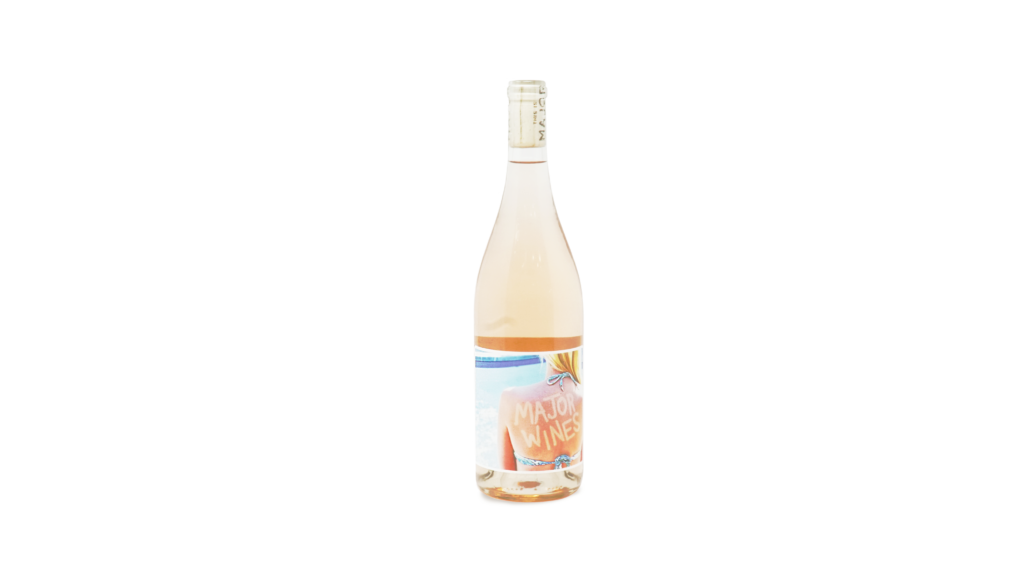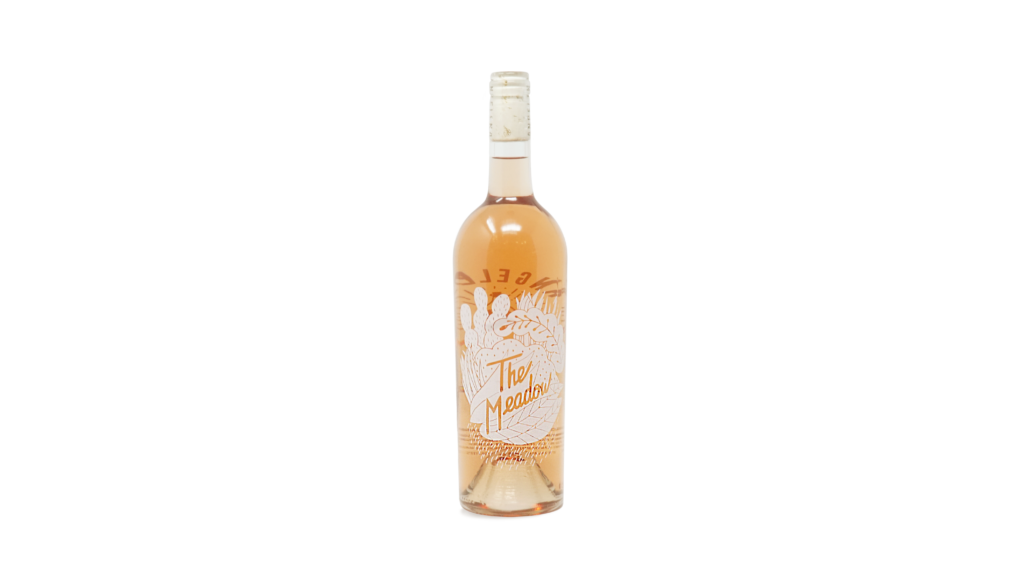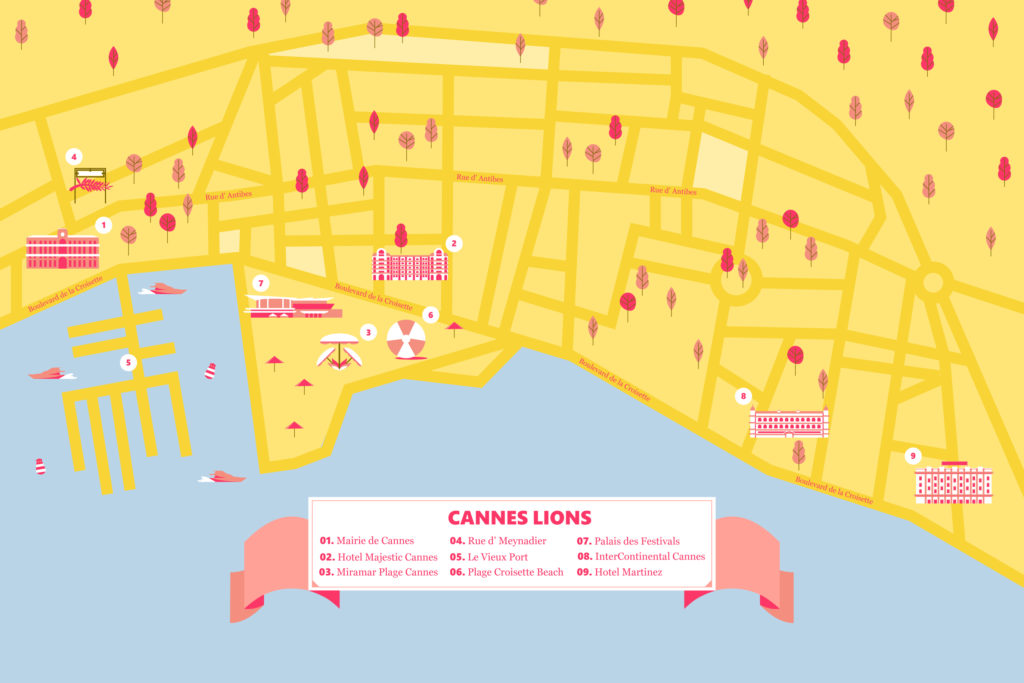This week in social media news: Instagram introduces a new music feature, Snapchat is working on an “Events” feature, The Drum takes us inside Facebook’s content moderation center in Barcelona, Instagram’s chief says breaking up from Facebook isn’t a solution for Instagram, Twitter is officially testing “Hide Replies,” YouTube is actively pitching its influencer platform to marketers, Unilever invests in an influencer platform, Facebook updates Watch and rolls out a report on “the moments that bring people closer together, Snapchat partners with research firms to study Gen Z, Facebook increases ad spending to restore its reputation and a study shows brand-safety incidents increased in the past year by 194 percent.
Facebooks Attempts To Restore Its Reputation With Ad Spending
Wall Street Journal reported that Facebook is trying to restore its reputation by increasing ad spending after a series of unfortunate events involving privacy.
Why it matters: According to Facebook marketing chief, Antonio Lucio, this move could more than double the company’s advertising spending and will focus on recruiting new creative agencies to develop campaigns for Facebook brands, WhatsApp and Instagram included.
“Our objective is to build brands that stand the test of time. We’re experimenting and starting from scratch in each market. On the direct-to-consumer side, we have never had an effort of this magnitude,” Lucio said.
The details: For example, “Facebook More Together” ad, created by Wieden + Kennedy, already launched two months ago. It encourages people to join groups for meaningful experiences. And Facebook plans to tell brand stories in similar ways for its other products. Thus, a campaign for Instagram would likely present the photo-sharing app as a channel for self-expression, WSJ reports.
Study: The Number Of Brand-Safety Incidents On Mobile Is Increasing
A report published by media verification company, DoubleVerify, revealed that brand-safety incidents almost tripled on mobile devices in the past year.
Why it matters: Brand-safety incidents are especially concerning to marketers, as they are harmful to the consumers who see advertising among questionable content.
“Brand safety is corrosive to a brand’s equity — with a lasting impact on consumer loyalty and likelihood to transact,” the report states.
The details: The researches discovered that besides the 194 percent global jump in brand-safety incidents, there was also a 120 percent increase in fraudulent apps for connected TV and mobile.
Mobile app display and video both exceeded 70 percent viewability, surpassing the 56 percent rate for display ads on desktop and mobile web platforms. Also, video ad viewability in mobile apps is 73 percent, exceeding the 64 percent rate for desktop and the 56 percent rate for the mobile web, per the report. Wall Street Journal reported that Facebook is trying to restore its reputation by increasing ad spending.
Twitter Updates “State-Backed” Information Operations Archive
Twitter shared some important updates to its comprehensive archive of Tweets and media associated with known state-backed information operations on the platform.
Why it matters: “By making this data open and accessible, we seek to empower researchers, journalists, governments, and members of the public to deepen their understanding of critical issues impacting the integrity of public conversation online, particularly around elections,” the blog post said.
The details: According to Twitter, the company removed 4,779 accounts in Iran, 4 accounts originating from Russia, 130 accounts from Spain and 33 accounts from Venezuela, all of which were related to misinformation and manipulation.
The complete public archive of content and Tweets can be accessed here.
“Into Z Future” Study By Snap
Snapchat released a study called “Into Z Future: Understanding Gen Z, the Next Generation of ‘Super Creatives,'” conducted in partnership with JWT Intelligence at Wunderman Thompson in order to deeper understand the generation’s creativity levels.
Why it matters: Creativity is very natural to Gen Z, who were born into the digital world, unlike their predecessors, which means marketers should work with Gen Z instead of for them.
Jeff Miller, global head of business marketing at Snap, told Adweek, “We give people the expectation, the means to always be creating. The creativity that we’ve seen develop around Gen Z has really manifested organically based on how they communicate with each other…it’s a very natural thing that they don’t have to go to an advertising school or develop a formal portfolio in terms of how they create—it’s something that’s intuitive to them.”
The details:
- 51 percent of Gen Z representatives say their generation is more creative than previous generations
- 77 percent said they spend their free time offline engaging in at least one creative activity, like journaling and illustrating
- 48 percent said when spending their free time online, they engage in at least one creative activity, like making memes and editing photos
- 55 percent of respondents said they find social apps and internet a more creative space than what they experience
- Snapchat was named the top app for Gen Z for creating videos or images, sharing videos or images they’ve created, communicating with friends, sharing moments throughout their day, posting what they’ve been doing with their day (text, images or video).
Snap Publishes Report On Global Trends Among Gen Zs
Another Snap report conducted with GlobalWebIndex analyzes global trends followed by Gen Z.
Why it matters: Gen Z are now at an age where they have purchasing power and influence the markets and it is important for marketers to understand their behavioral traits, interests and world perceptions.
The details:
- Gen Z has a 97 percent smartphone penetration around the world
- 78 percent of them says mobile is the most important device to get online. By the end of last year, Gen Z spent an average of four hours and 15 minutes per day on their mobile phones
- 74 percent of Gen Z say they want to always strive to achieve more in life. 72 percent of Gen Z say they like to challenge and push themselves to be the best they can be in life
- 65 percent of the respondents are very career oriented
- 27 percent of Gen Z say they feel positive about the future of the environment, while only 22 percent of millennials feel the same way.
Unilever Raises Funds For An Influencer Platform
Unilever partnered with TVC Capital and raised $12 million to fund marketing software platform CreatorIQ, The Drum reports.
Why it matters: Igor Vaks, founder and CEO at CreatorIQ said, “Brands are turning to influencer marketing because it drives results, but only enterprise-grade technologies can help them succeed at scale alongside older and more mature marketing channels.”
The details: CreatorIQ, specializes in managing and optimizing campaigns for Disney, Airbnb and Mattel. And the money raised by Unilever will be used to grow AI-enabled software and expand the Enterprise Creator Cloud to ensure brand safety.
Vasiliki Petrou, executive vice president and group CEO at Unilever Prestige said, “CreatorIQ is proactively developing solutions that empower Unilever to continue to set global measurement standards for the influencer marketing industry. Their platform enhances the quality and integrity of our brands’ campaigns by safeguarding against follower fraud and brand safety issues.”
Facebook Shares Watch Updates
Facebook shared a blog post, highlighting a few changes that Watch recently underwent.
Why it matters: According to Facebook, “Facebook Watch is built on the notion that watching videos can help you connect more deeply with people, instead of being a passive or solitary experience. You have virtually unlimited ways — comments, shares, reactions, polls, Groups, messages, Watch Parties, and more — to connect with people around the videos you love.”
The details: Per the company, since the launch of Watch in 2018, more than 720 million people monthly and 140 million people daily come to “Watch” for at least one minute and an average of 26 minutes is spent by the visitors every day.
Watch has an ad-supported ecosystem with ad breaks already available in 40 countries. Today, Facebook launched ad breaks in Canada and in the next few weeks, the support for five more languages will be added.
Also, the number of Pages actively using ad breaks has more than tripled since the launch. The number of Pages earning over $1,000 in payouts per month has increased by more than 8X, and the number of Pages earning over $10,000 in payouts per month has increased by more than 3X.
Facebook’s New “Moments That Bring People Closer Together” Report
Facebook’s new report revolves around the idea that people are now engaging on social media around different events and celebrations or “moments,” and marketers can no longer solely rely on regular calendars when planning their social media initiatives.
Why it matters: Because social media users now have the ability to share and discuss the events that are important to them across multiple platforms, they expect their communication with brands to be similar–more personalized and flowing.
The details: The report focuses on three different categories: “Once-A-Day Moments” (an aesthetically beautiful breakfast falls under this category), “Once-A-Year Moments” (major holidays, festivals and cultural happenings) and “Once-In-A-Lifetime Moments” (engagements, weddings and new babies).
Specifically for marketers, Facebook provides detailed notes for each “moments” category.
- Be where your audience is
“Once-a-day moments are regular and predictable—and what everyone can relate to. Understanding everyday signals allows marketers to reach people at their category entry points, when association switches to usage, throughout the day. By combining moments-based insights for inspiration and knowledge of the customer journey, a brand can step in as a resource or with a bespoke offer before people decide.”
Instagram’s Chief Adam Mosseri: Instagram-Facebook Breakup Is “A Terrible Idea”
Adam Mosseri spoke at the Code Conference in Scottsdale, Arizona, and said that breaking up Facebook would mean less content moderation for Instagram, Vox reported.
Why it matters: According to Mosseri, more people work at Facebook on integrity issues than the total number of people who work at Instagram. Breaking off from its parent company would deprive Instagram of that expertise.
The details: “Personally, if we split it off, it might make a lot of my life easier, and it would probably be beneficial for me as an individual. But I just think it’s a terrible idea. If you’re trying to solve election integrity, if you’re trying to approach content issues like hate speech, and you split us off, it would just make it exponentially more difficult — particularly for us at Instagram — to keep us safe,” Mosseri said.
YouTube Pitches Its Influencer Platform To Marketers
YouTube is pitching its influencer platform FameBit to marketers.
Why it matters: FameBit‘s platform allows brands to post products and YouTube content creators produce content promoting the products for a negotiable fee.
The details: What sets FameBit apart from other influencer platforms is that it is not subscription-based. It is free to sign-up, but the company receives 10 percent of the transaction fees between brands and creators.
Twitter Is Officially Testing “Hide Replies” In Canada
Reverse engineering expert Jane Manchun Wong shared an update about Twitter’s new “Hide Replies” feature.
Why it matters: “Hide Replies” feature will give the users more control over their Twitter experience. It could help extinguish trend-jackers and spammers.
The details: Twitter users in Canada can now test the feature. The hidden tweets will be still visible to the users but removed from the general timeline, which will clean the tweet streams from junk and make them more engaging.
Nike Leads On Social Before Women’s World Cup Opening
Mobile Marketer reported that Nike led social media mentions in the lead-up to the FIFA Women’s World Cup.
Why it matters: Talkwalker, an analytics firm, observed about 912,000 social interactions and engagement of 10.8 million in the month before the opening of the FIFA Women’s World Cup. And over 16,300 posts referred to Nike.
The details: The post with the most engagement in the month before the tournament featured the French men’s and women’s national teams dining together for the first time during a special training session. This post saw 577,000 views on Instagram.
Other top brand mentions per Talkwalker, included Qatar Airways, Visa, Adidas, Coca-Cola and Hyundai/Kia, most of which took place on Twitter.
Instagram’s New “Karaoke” Feature
Instagram rolled out a new feature that lets the users display lyrics on video Story synced to a soundtrack they’ve added with the Music sticker.
Why it matters: Lead by TikTok, music drives enormous engagement and with the new feature, Instagram looks at competing with TikTok.
The details: “Music can be a big part of expression on Instagram – between adding music to Stories, connecting with artists, sending song recs back-and-forth, there are lots of ways to connect with music on IG. Now, we’re building on our music features and introducing the ability to add lyrics when you add a song to your story,” an Instagram spokesperson told TechCrunch.
Snapchat To Introduce Events Feature
Snapchat was spotted working on its own “Events” feature.
Why it matters: With the events feature, brands are able to advertise their happenings on the platform, similar to Facebook.
The details: The feature allows to assign events to specific locations, and most likely will be integrated with Snapchat’s Snap Map. Also, it is possible that the users will be able to see relevant events, including the events their friends are attending.
Inside Facebook’s Content Moderation Center In Spain
The Drum visited Facebook’s content moderation center in Barcelona and shed some light on the moderation process and the ways the social network is investing in AI to make its platform safer for both users and brands.
Why it matters: Facebook let select press inside the center and revealed, “how far it has to go in perfecting this policing, as well as a vision of how AI could help it separate the wheat from the chaff.”
The details: “Each day, hundreds of young people (a cursory scan of the room suggests few are over 30) flood into window-lined, clinical-white, open-plan offices where they will spend eight hours policing the murkiest parts of the internet. Beheadings, bestiality, stabbings, child pornography, racism, and sexual exploitation are just some of the things that could flicker across their screens, unbeknownst to the tourists who meander just a few meters below, sipping oversized cappuccinos and perusing linen sundresses,” The Drum reports.
The Barcelona moderation office, just like the moderation office in Berlin were opened in response to a spate of murders and suicides broadcast on Facebook Live in 2017.
Editor’s Note: Our weekly social media news post is updated daily. This installment will be updated until Friday, June 14. Have a news tip? We’re looking for changes to and news surrounding social media platforms as they relate to marketing. Let us know at editorial@alistdaily.com




